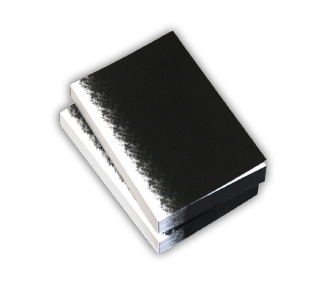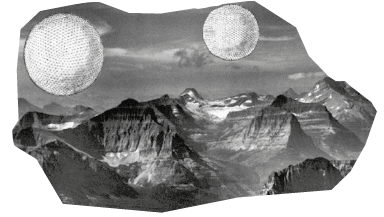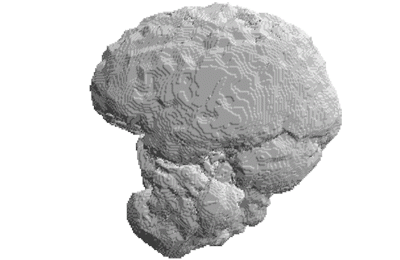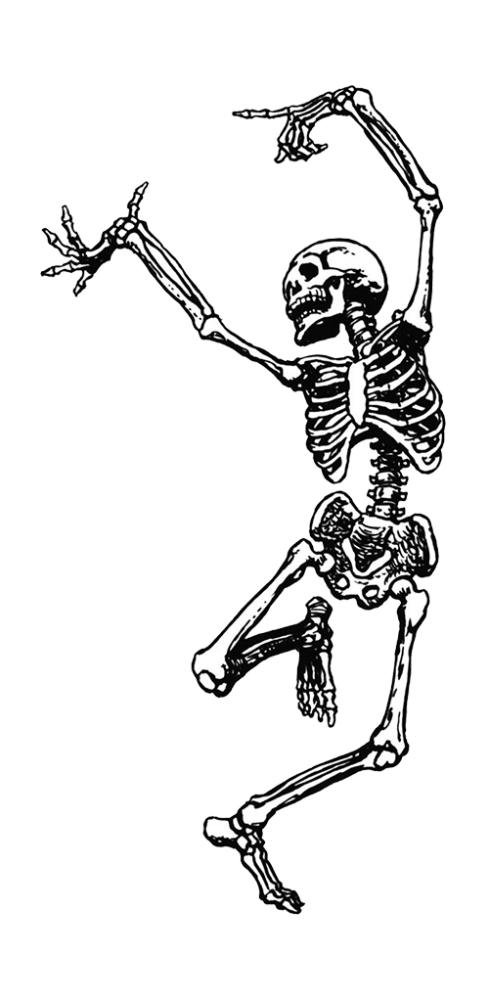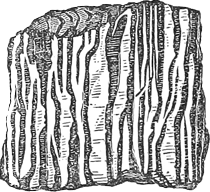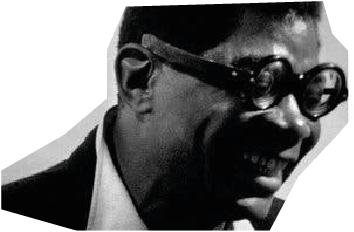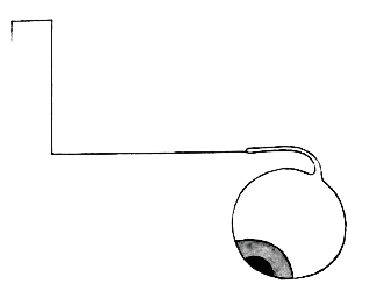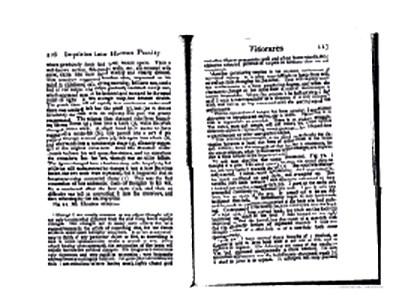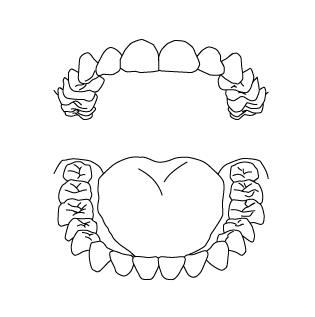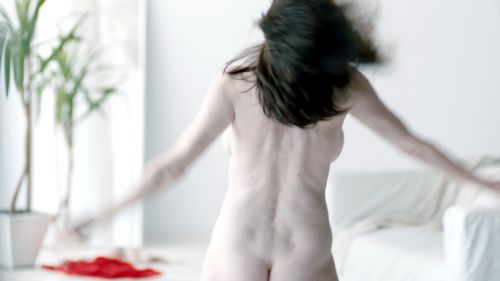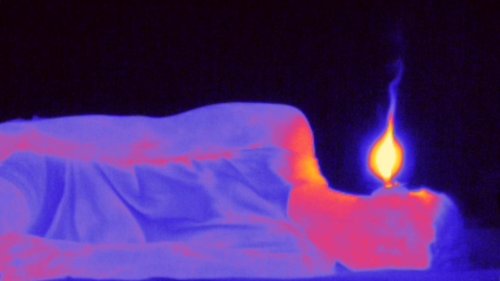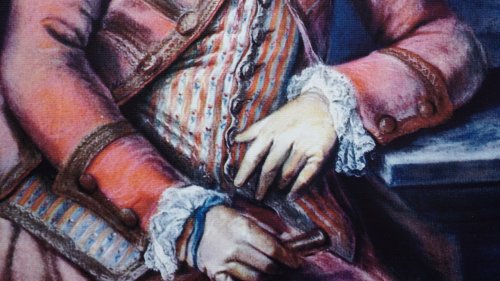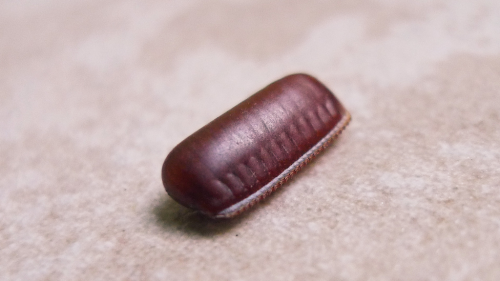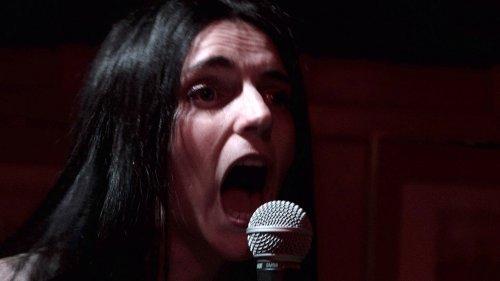16 Nov 2022 11:00 Screening Program: Adina Pintile, Vika Kirchenbauer, Ester Martin Bergsmark, Annika Larsson (Index Foundation)
Adina Pintilie, Touch Me Not, 2018, 125min // Vika Kirchenbauer, UNTITLED SEQUENCE OF GAPS, 2020, 12.31 min // Vika Kirchenbauer, THE CAPACITY FOR ADEQUATE ANGER, 2021, 15:08 min // Ester Martin Bergsmark, A sweetness from nowhere, from research project Voice Under 2022 // Annika Larsson, Danse Macabre, 2020, 41min //
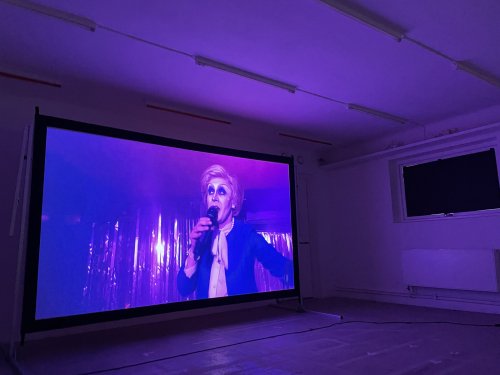
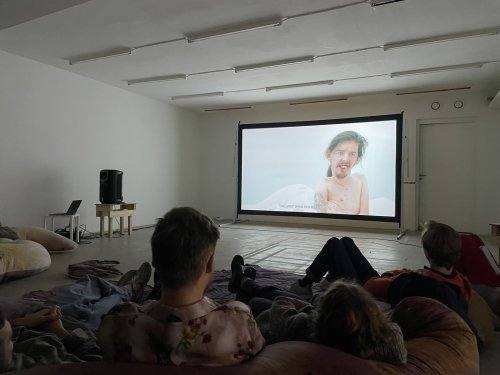
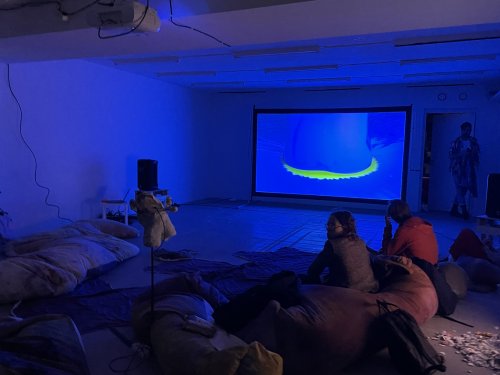
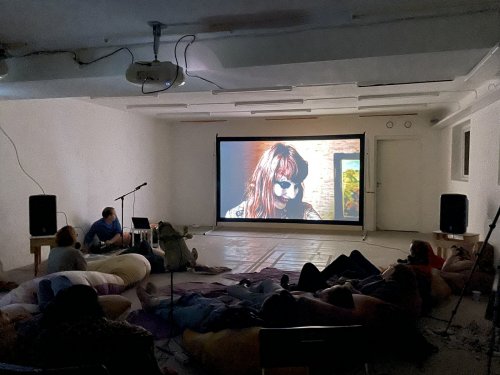
Index - The Swedish Contemporary Art Foundation
Kungsbrostrand 19
11226 Stockholm
followed by a conversation between the artists at15:00
UNTITLED SEQUENCE OF GAPS
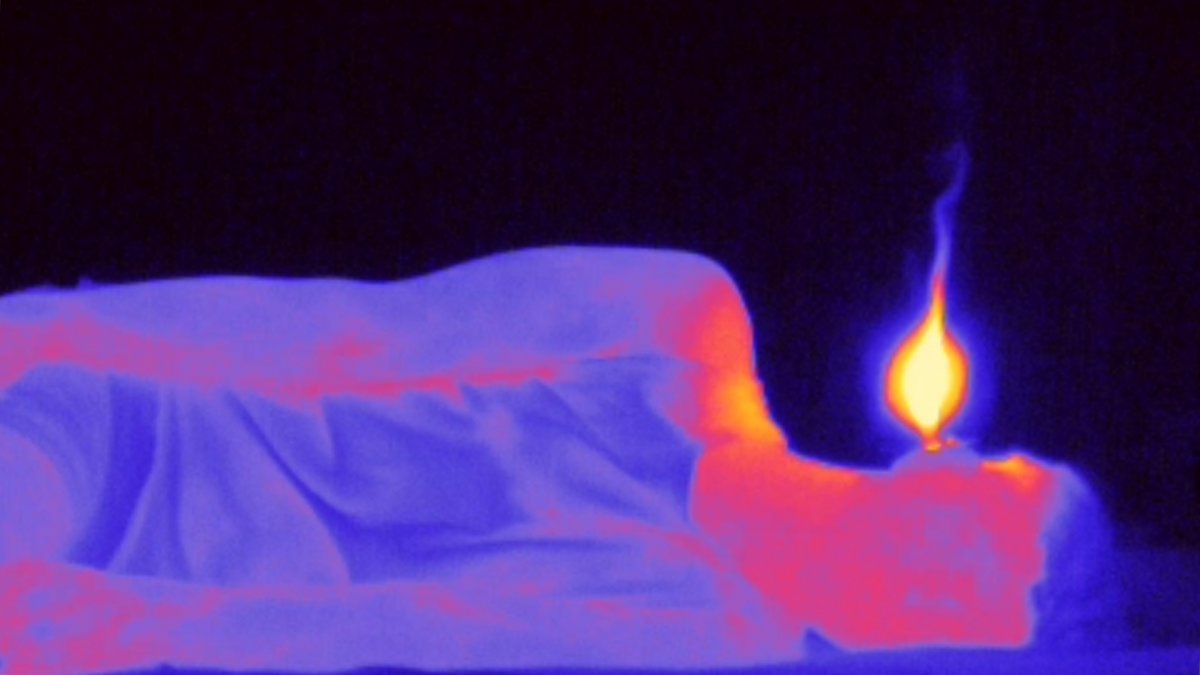
Vika Kirchenbauer, UNTITLED SEQUENCE OF GAPS, 2020, 12.31 min
UNTITLED SEQUENCE OF GAPS
Vika Kirchenbauer – single-channel video – 12:31 – 2020
Composed of short vignettes in different techniques and materialities, UNTITLED SEQUENCE OF GAPS uses the form of an essay film to approach trauma-related memory loss via reflections on light outside the visible spectrum – on what is felt but never seen. Carefully shifting between planetary macro scales, physical phenomena and individual accounts of affective subject formation, the artist's voice considers violence and its workings, class and queerness not through representation but from within. The flow of images is interrupted by gaps that hold no less significance than the imagery itself. Footage in which public visual memory stands in for personal remembrance exists alongside sequences recorded via infrared imaging and scenes captured under ultraviolet light or microwave radiation. While pondering the effects of the invisible and the power inherent in shifting violence beyond visibility, the piece simultaneously reflects upon the digital archives and technologies that help shape the contemporary human’s relation to past, present and future. Ghosts appear from holes ripped into time by an unremembered childhood, and a recently abolished witch-burning ritual in the artist's rural home town serves as a foil against which to question the politics of visibility.
THE CAPACITY FOR ADEQUATE ANGER
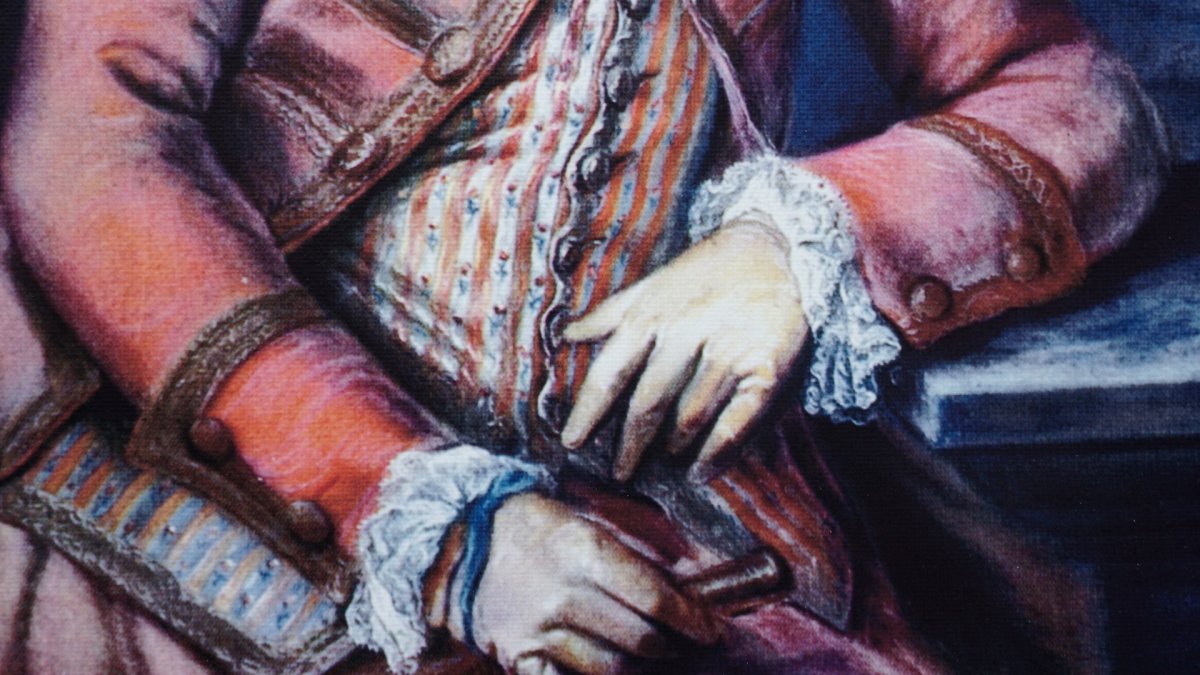
Vika Kirchenbauer, THE CAPACITY FOR ADEQUATE ANGER, 2021, 15:08 min
THE CAPACITY FOR ADEQUATE ANGER
Vika Kirchenbauer – single-channel video – 15:08 – 2021
THE CAPACITY FOR ADEQUATE ANGER constitutes an attempt at a personal and self-reflexive form of artistic critique that considers art, in its production as well as its presentation, from a perspective of class. It explores questions around the intersections of negative affect and political agency, and problematises notions around upward mobility that art both produces and presupposes. Deploying an essayistic approach, the video work reflects upon the manifold meanings of distance in both its subjective and social senses. A return to the village where she grew up after an absence of over ten years marks the point of departure for this video work, which Vika Kirchenbauer produced for the occasion of the her first institutional solo exhibition at the Kunstverein für die Rheinlande und Westfalen, Düsseldorf. Photographs taken on this journey are combined with scans of childhood drawings, CD booklets, family photos and basketball trading cards as well as reframed scenes of an anime series outlining the life of Marie Antoinette through the story of a fictitious and gender-ambiguous guardsperson. Set against a foundational layer of imagelessness, these pictures and sequences come flashing in and out.
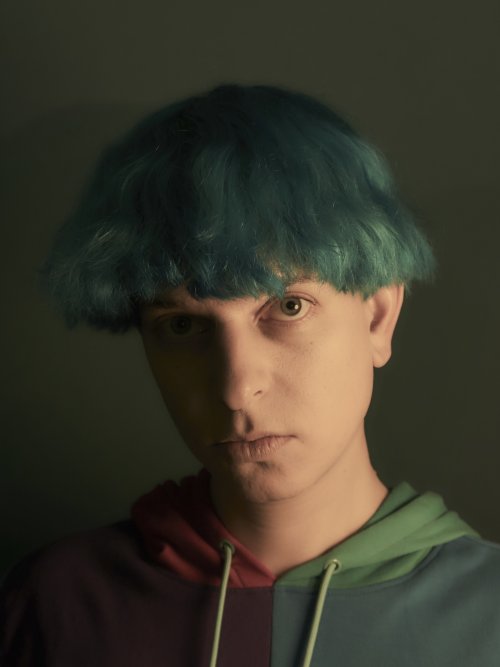
Vika Kirchenbauer is an artist, writer and music producer based in Berlin. With particular focus on affective subject formation, she examines violence as it attaches to different forms of visibility and invisibility, and considers the ways in which subjects are implicated in and situated within institutional power structures. Most recently, comprehensive solo exhibitions of Kirchenbauer’s work have been presented at Kunstverein für die Rheinlande und Westfalen, Düsseldorf; and at Kunstverein Kevin Space, Vienna. Her films and installations have been exhibited in group shows and screenings at, among others, the Tainan Art Museum, Taiwan; the Whitechapel Gallery, London; Kunsthal Charlottenborg, Copenhagen; the Berlin International Film Festival, the New York Film Festival and the Toronto International Film Festival. Since 2022 she is Professor of Fine Art / Foundation Class ‘Film/Video’ at the Braunschweig University of Art.
Ester Martin Bergsmark, A sweetness from nowhere
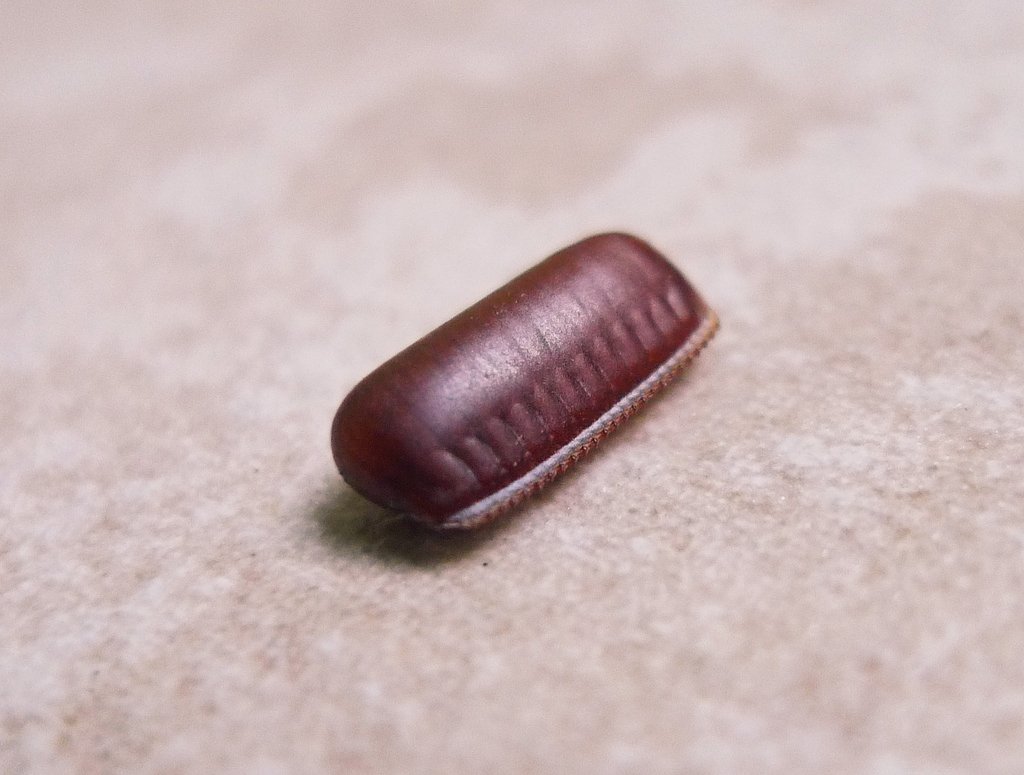
A sweetness from nowhere.
Once when I was beaten down on the street I froze. The oldest way to stay alive is to play dead. It's something we share with the jellyfish, and that's what happened to me the time I was attacked.
At first, I felt shame for not “doing” anything, but then I have slowly understood that all living organisms have different ways of surviving and sometimes playing dead is a way to survive. Instead of being ashamed, I started to explore the process of getting back in contact with my body. This body that while being mine is made of flesh and bones. Bones that 500 million years ago were created when minerals from the Earth’s surface joined together. All these layers and all these times within me. I want to approach these different ways of seeing and experiencing the world. What strikes me in hindsight is that, whilst it frightened me, I was also fascinated. There was a desire and a curiosity, maybe lust even, In the middle of that moment of terror. A sweetness from nowhere.
A sweetness from nowhere is part of Ester's ongoing research work - voice under.
Throughout the voice under, I want to emphasize a more sensory way of thinking through, creating and experiencing film. Where I see the senses as synergistic, the different senses can never be read as a single way of reading. There is never a sound or an image without a physical sensation. Or a thought for that matter. The body can never be overlooked. The deep intention of voice under is to open up a wider sensory register in both the creation and the experience of film, in order to thus challenge binary ways of being in the world and through film create other worlds where oppressive systems can be addressed directly or implicitly precisely by creating space for non-binary becomings.
I do it through something I call Contemplative cinema practice ( inspired by Barbara Dilley’s Contemplative dance practice). The screening consists of audio, moving images and simple somatic exercises. The aim is to invite participants to explore a wider sensory register and different ways of seeing. (different ways of knowing.) Explore where the boundaries are between creating, discovering and experiencing. Or perhaps to balance on those boundaries, or float and sway in different ways to read and make sense and nonsense. Before, during and after the encounter with the screen. The material is developed in collaboration with the artists and performers Nina Jeppsson, Louise Löwenberg and Halla Ólafsdóttir.
Touch Me Not
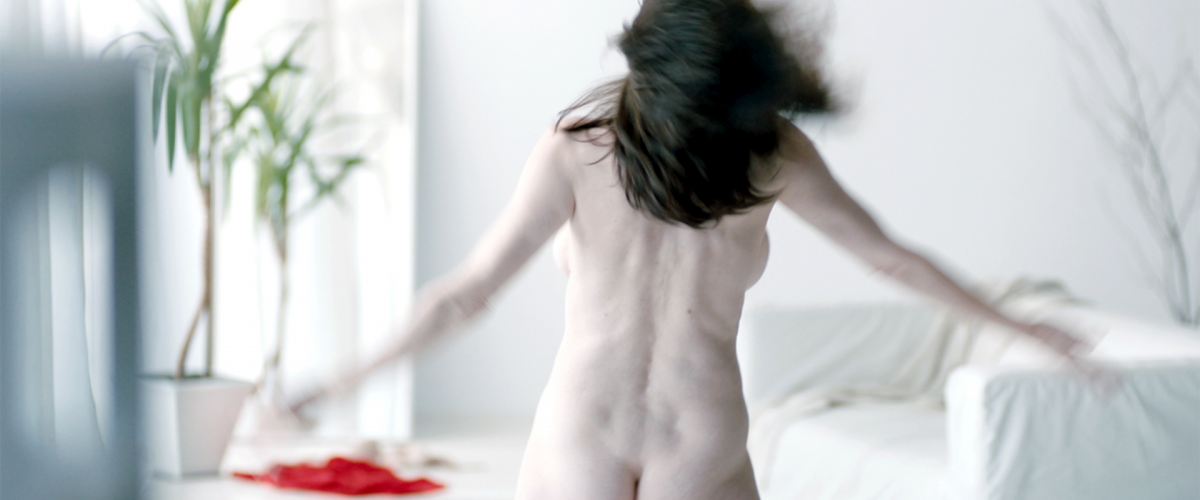
Danse Macabre
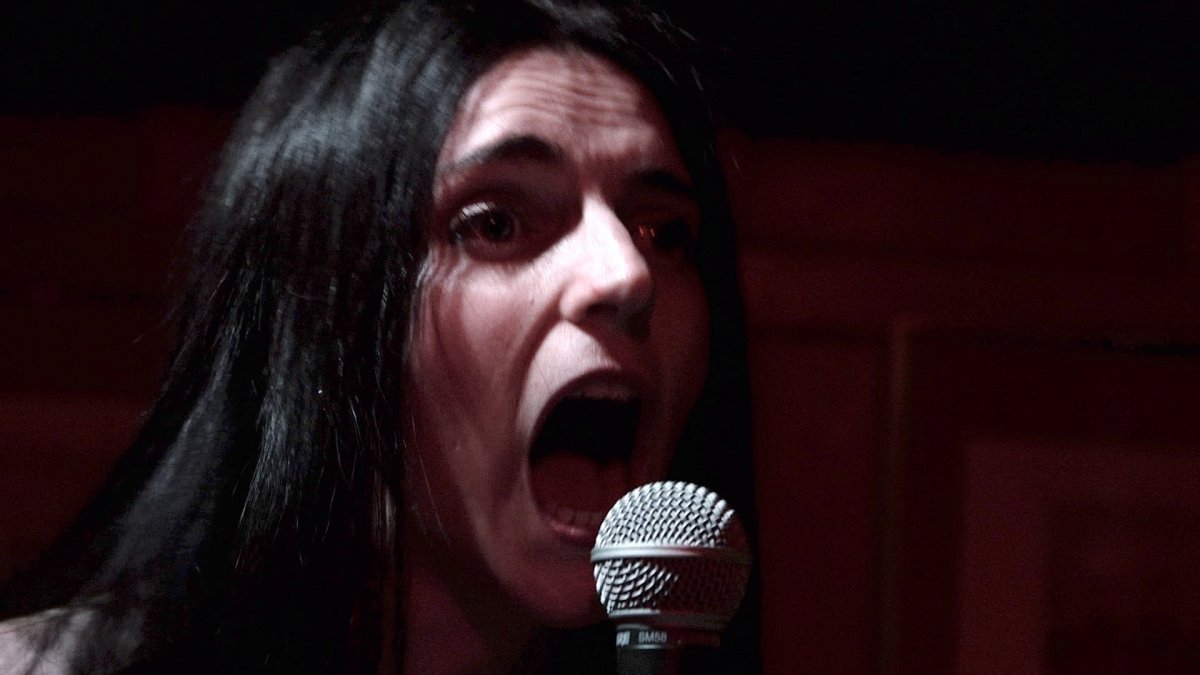
Annika Larsson, Danse Macabre, 2020, 41min
ANNIKALARSSON
DANSE MACABRE (2020)
Video Installation & Performative filmic Research
Research, Direction, Cinematography, Montage, Sound and Production: Annika Larsson / Additonal Camera & Sound: Paul Niedermayer, Michel Wagenplatz / Research assistant: Isabel Gatzke / Poetry & Words: Liv Fontaine / Music: Liv Fontaine, Rosa Farber and Edwin Stevens. Performers: Paul Niedermayer (artist), Michel Wagenchütz (artist), Liv Fontaine (artist), Samir Kennedy (dance, performance and sound artist), Sue-Gives-a-Fuck (drag queen and comedian), Ms Kevin Le Grand (drag queen), Matt Tedford aka Margaret Thatcher Queen of Soho (actor, writer and comedian), Andrea Spisto(theatre maker, poet, performer and producer) & Danni Spooner (dance artist) a.k.a. Taylor & Vincent and Haus of Anxiety.
DANSE MACABRE was shot in London in autumn 2019 during the protests and demonstrations related to Brexit dominated the streets but also in Winter 2020 shortly before the outbreak of Covid-19 radically re-structured the sphere of the public. Both events brought states of exception and a temporary suspensions of law. With a focus on dance and affectual politics, the film takes a closer look on what gestures and bodily expressions are provoked through the current state of crises, but also how order and disorder are inscribed in bodies and movements in public space. Through new friendships, disorder, dark humour, and erratic moving bodies and voices the film explores acts of resistance, the politics of performance, visibility, and queerness in order to to bring up urgent questions around xenophobia, borders, and the politics of fear.

